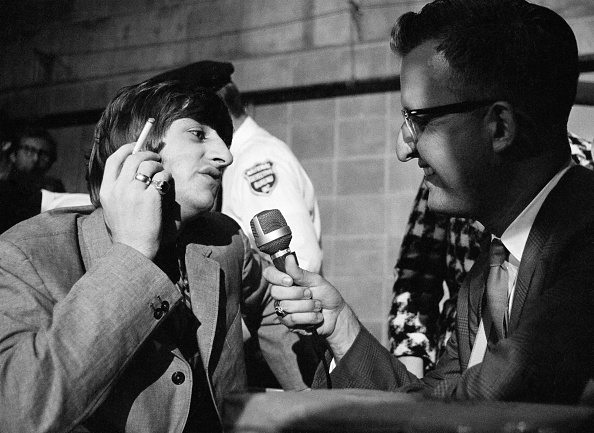During the 1960s through the 1980s, popular music coming out of England was forefront to the radio listening audience. Yes, it started with the imported cuts from the Beatles and went well into the new wave/punk era.
The music that came from Britain took over the charts in those decades. Radio stations rushed to play the cuts from England. Record stores (yeah, remember them?) had separate sections just for imports.
Everyone tried to recreate the sound but few could. Why were these so magical?

I am a fan of all of this music. The musicians and music are excellent. But my theory includes a physics angle too.
Radio stations were rushing British pressings to air well before the U.S. releases were available. These were analog recordings recorded on tape machines with motors traveling at 50 cycles — with the intent that the records would be played back with power at 50 cycles.
Here in the United States the power is at 60 cycles.
With that in mind, let’s consider the scenarios of radio stations in the 1960s taking records recorded in England — not yet released in the United States — and playing them on 60-cycle (or hertz) turntables. This will cause the music to be faster and alter the pitch of the music.
This change made the music more desirable. It has always been said that the audience likes a fast song! The audience was still hearing all the words; the beat was still complete but a little faster.
The music played on the intended U.S. recordings did not sound the same.
Pitch altering became common. Radio stations picked up on this. Some tried speeding up all the music on their stations, and this was done frequently. The faster speed also conveyed an energy that the live bands or the US pressings could not replicate.
I think this may be one of the reasons that British music was so popular, or at least that the impact of this small change is underappreciated.
[Sign Up for Radio World’s SmartBrief Newsletter]
The practice continued through the 1980s. But pitch altering didn’t transfer into the era of the compact disc, which really marked the beginning of file-based audio.
This may help explain why Beatles music was particularly appealing in the United States. Of course there are other factors. Ringo, a left-handed drummer playing on a right-handed set, can change where we hear the downbeat. Plus, we had great musicians. Musicians would try to duplicate the sound to no avail since the timing and pitch were not the same.
Maybe this is why Technics and other turntable manufacturers made sure to put a variable pitch control on their products. Broadcast equipment makers have made pitch altering devices for a long time.
This also explains a difference people hear when comparing the new Giles Martin mastered releases to the originals. Yes they are clearer — Ringo has said he can now hear his drumming — but they are now at the intended speed.
As said before, this is only my theory, and we can’t lose sight of the musical genius of the best of those acts.
But maybe it does help explain the popularity of “all things from England” during that time.
Read more radio musings from David Bialik. Or comment on this or any article by emailing [email protected].












